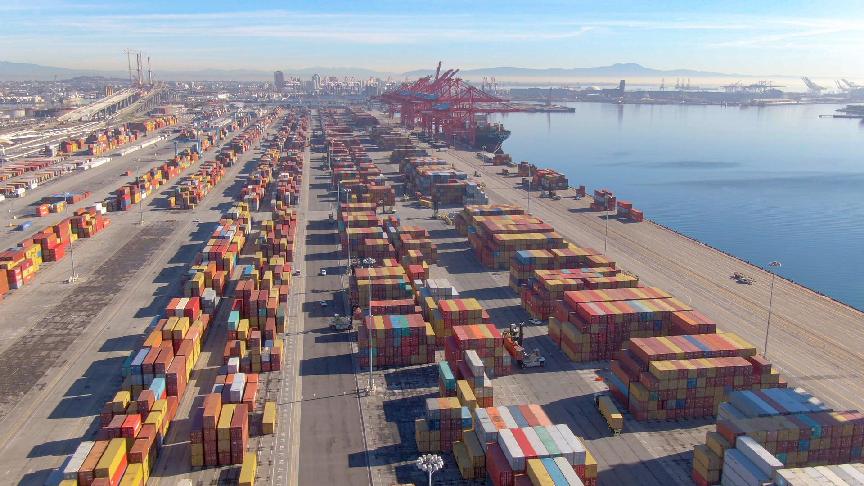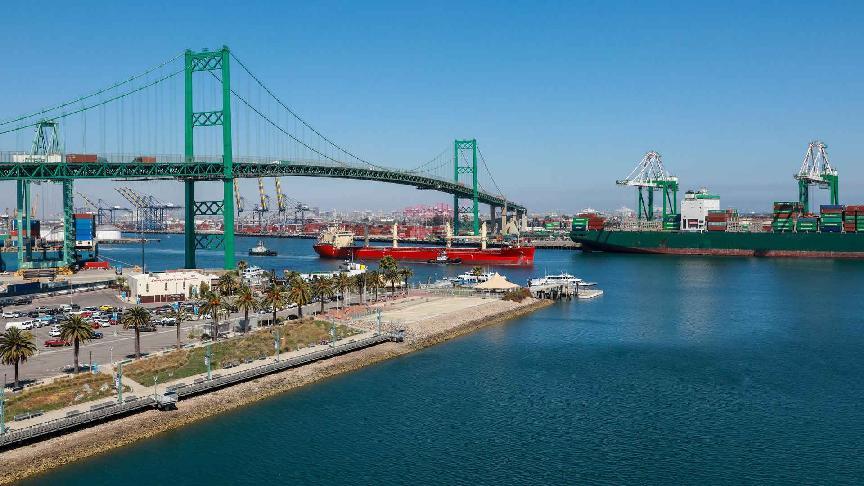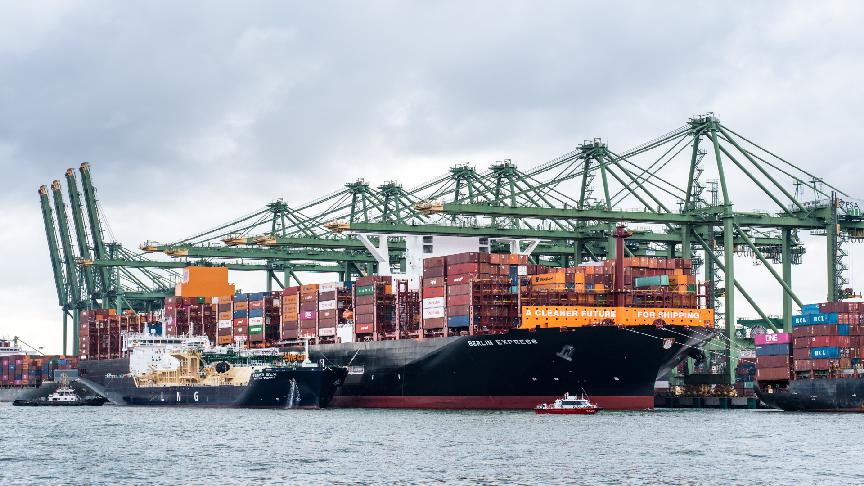15 August 2024 (Lloyd's List) - THE PORTS of Los Angeles and Long Beach handled record amounts of cargo in July, smashing past previous records for this month and nearing all-time highs for any month.
Combined throughput figures of 1.82m teu and imports of 936,357 teu were the highest figures on record for the month of July and third highest ever, bested only during the pandemic-era shipping boom in May 2022 (1.86m teu in total throughput and 936,937 teu in imports) and May 2021 (1.92m teu and 980,450 teu).
July’s throughput and import volumes also marked a year-on-year increase of 44.3% and 47.4%, respectively, and an increase of 18.8% and 18.6%, respectively, from pre-pandemic levels in July 2019.
Record volumes were driven by a robust US economy and a myriad of uncertainties that led shippers to bring in some cargo early and diversify routes.
Supply chain managers are contending with potential strikes in Canada this month and in the US east and Gulf coasts in October, increased tariffs on Chinese goods, and monthslong Houthi aggression in the Red Sea that has forced vessels around the Cape of Good Hope and has sent freight rates soaring.
Containership calls in July were at their highest level since February and March of 2022, with 171 arrivals, according to the Marine Exchange of Southern California, which manages traffic in the region.
“We’re in a strong position heading into the peak shipping season as consumers purchase back-to-school supplies and shippers move goods ahead of potential tariff increases,” port of Long Beach chief Mario Cordero said in a statement On Wednesday.
“We have plenty of capacity across our terminals and cargo continues to move efficiently and sustainably at this premier gateway for trans-Pacific trade.”
Speaking during a monthly press conference on Tuesday, port of Los Angeles Gene Seroka said there were signs that the increased volumes are impacting cargo fluidity, with higher dwell times for containers bound for on-dock loading.
However, he said these were “mini-spikes, and I have seen this rail activity now for months move in that direction about every six- to eight- weeks and then work itself down”.
He said there wasn’t “anything that is a cause for alarm” but that the port “will keep watching this every day”.







